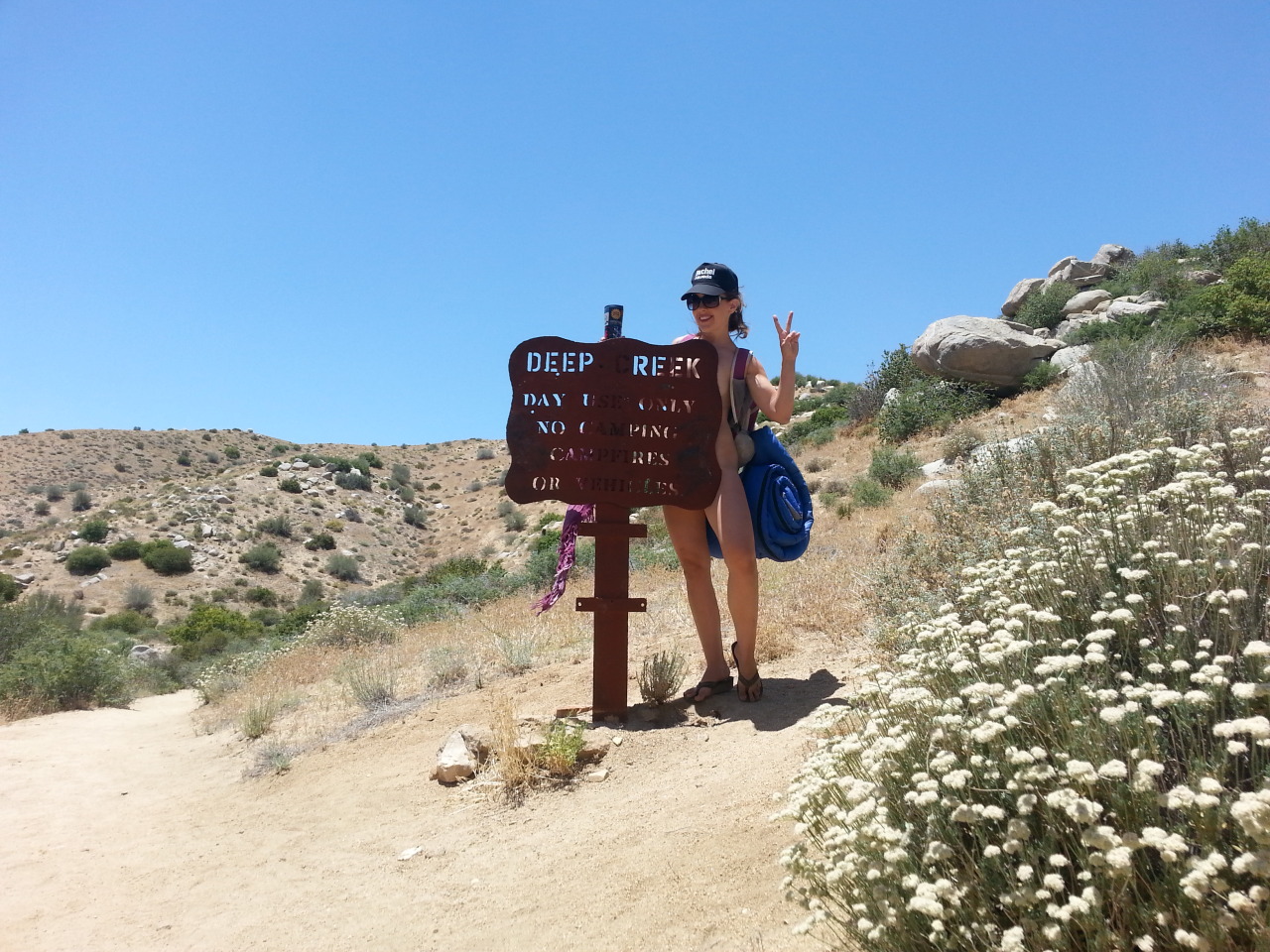

#A year of springs how to#
ancient obelisks remains an enigma getty How to see the equinox Standing Stones at Avebury, England, at sunrise on the Vernal (Spring) Equinox.

However, equinox itself is this year an excellent time to go stargazing because the night skies will be as dark as they ever get.

It makes a massive difference if you’re trying to find faint star clusters and constellations.Īs the weeks draw on after equinox the days get longer than the nights-culminating in solstice, the longest day of the year-making stargazing ever more difficult, particularly for those in northern latitudes, where is never truly gets dark in June. It thus makes the night as dark as possible. Since a New Moon is roughly between the Earth and the Sun it is utterly invisible and its light never features it the night sky. The very next day after the spring equinox, at 17:23 UTC, a New Moon occurs. Why is this equinox a great time to go stargazing? Winter is the opposite.Įquinoxes are when the planet is side-on to the Sun-when the tilt of the Earth’s axis is not tilted towards or away from the Sun, which sends equal amounts of daylight and darkness to all parts of our planet. The days are longer and more sunlight reaches it. Summer in the northern hemisphere-marked by June’s solstice-is when that half of the planet is tilted towards the Sun. Seasons are the direct result of our planet’s tilted axis, which changes the amount and intensity of sunlight bestowed on each hemisphere. Equinoxes and solstices mark the start and end of seasons.


 0 kommentar(er)
0 kommentar(er)
